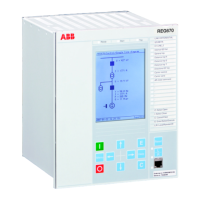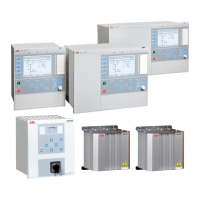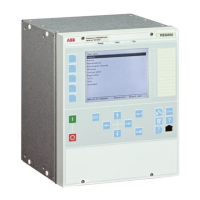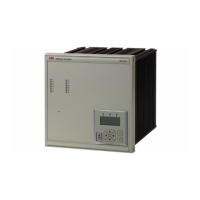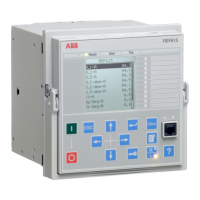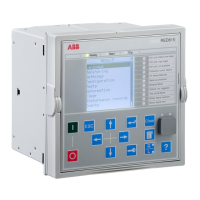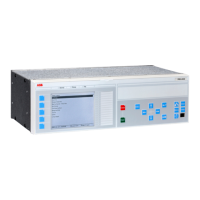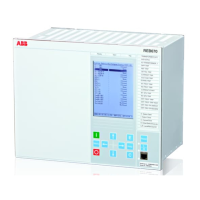What to do if Time synch Fail Real time clock on ABB REG670 2.0 IEC?
- CCarrie BoydAug 2, 2025
If the ABB Protection Device displays a 'Time synch Fail Real time clock' message, it means there's no time synchronization, but no specific problem has been detected. Check the synchronization source for any issues. If the problem continues, it is recommended to contact your ABB representative for assistance.


